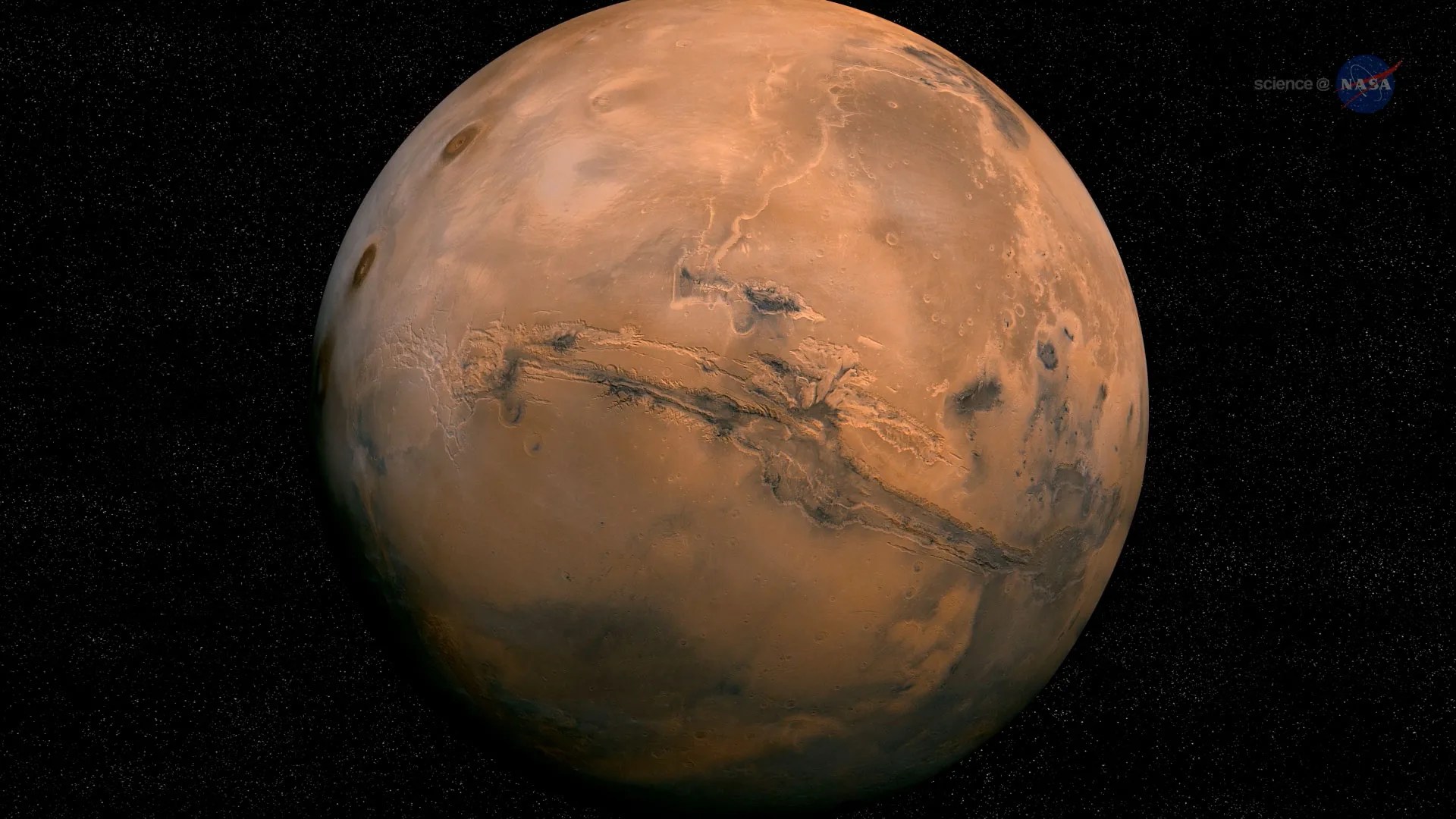2 min read

Earth planning date: Tuesday July 25, 2023
The rover engineers yet again did a fantastic job navigating Curiosity through this tricky terrain of fractured blocks and sand. Our parking spot is on the rim of one of the larger craters within a cluster of craters that we have been driving towards for the last few weeks. A number of people on our science team advocated for visiting these craters to learn more about the cratering process on Mars. They are interested in variations in shape and morphology of the craters, the amount of degredation and erosion, and the composition of any impactor material (if present). Sadly, there were no obvious meteorites in our workspace and this plan focused on capturing the view of the craters and surrounding terrain. We are taking a 360° Mastcam mosaic, as well as smaller, higher resolution mosaics of the two largest craters within the cluster.
Despite the significant time and power resources required to accomplish the imaging, we were still able to squeeze in some chemical analyses and close-up imaging of the rocks within the crater rim. ChemCam will analyze the laminated bedrock target, “Aire de Repos,” which will also be documented with Mastcam. APXS will acquire compositional data on the dark, vertical face of an upturned block (“Guainia”), and MAHLI will take close-up images of this target and a differentially eroded, laminated bedrock fragment, “Mocambo.” To continue monitoring changes in the atmosphere, we will also acquire a Navcam large dust devil survey and line of sight, single frame image.
Once we have completed all our targeted science observations, Curiosity will hopefully execute another successful drive to take us towards our next area of interest at the base of the Gediz Vallis ridge (stay tuned to hear more about this interesting feature as we get closer). Once the drive has executed, we will take images of the new terrain beneath the rover with MARDI. Standard REMS, DAN and RAD activities round out this plan.
Written by Lucy Thompson, Planetary Geologist at University of New Brunswick







